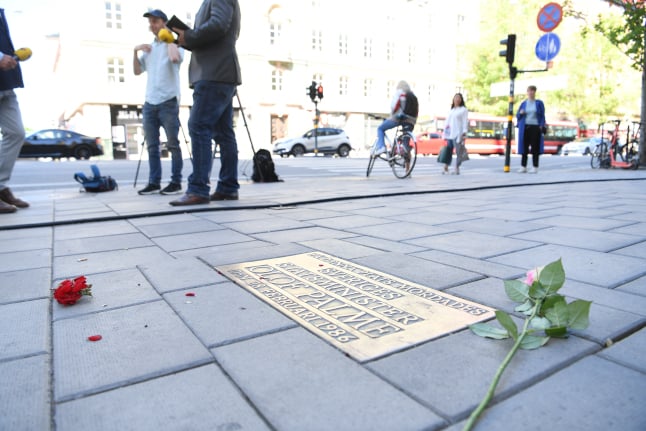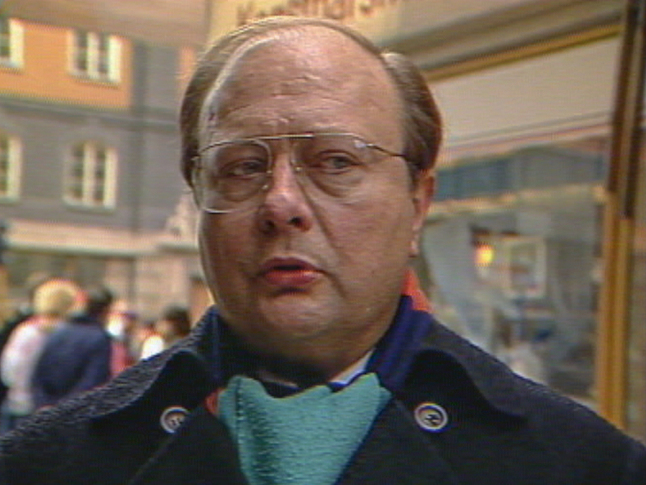Detective Superintendent Dag Andersson will take up the position as the Palme Group’s investigation leader in the new year, newspaper Expressen reports.
Andersson has worked for the National Murder Commission (Riksmordkommisionen) since 1989 and has been involved in several high-profile investigations, including the 2003 murder of the Social Democrat politician, Anna Lindh.
In the past two years Andersson has worked on the investigation into serial sniper Peter Mangs in Malmö.
“This is the biggest investigation we have in this country. There is an incredibly amount of information to take in,” Andersson said about the Palme murder probe.
Hans Melander, the current investigation leader will remain as head of the Palme Group.
A three-part documentary series about Olof Palme aired between Christmas and New Year’s Eve. The series A Pilgrim’s Death, which is based on Leif GW Persson’s trilogy about the Palme murder, will air in January 2013.
“As soon as something happens around Palme – if a new film or book or newspaper article come out – we see a surge in tips from the public,” said Melander.
He did not want to go into detail about which leads the Palme Group is pursuing now but mentioned that investigators “are looking into this thing about Rausing”.
Billionairess Eva Rausing, who died from drug abuse in July, had claimed that she knew who murdered Palme, according to documents found on a computer in her London home.
Olof Palme, a former Social Democrat prime minister, was gunned down by an unapprehended assailant on a street in central Stockholm in February 1986. At least 130 people have confessed to the murder.
Andersson will be the seventh investigation leader of the Palme Group since 1986.
The Local/nr Follow The Local on Twitter





 Please whitelist us to continue reading.
Please whitelist us to continue reading.
Member comments